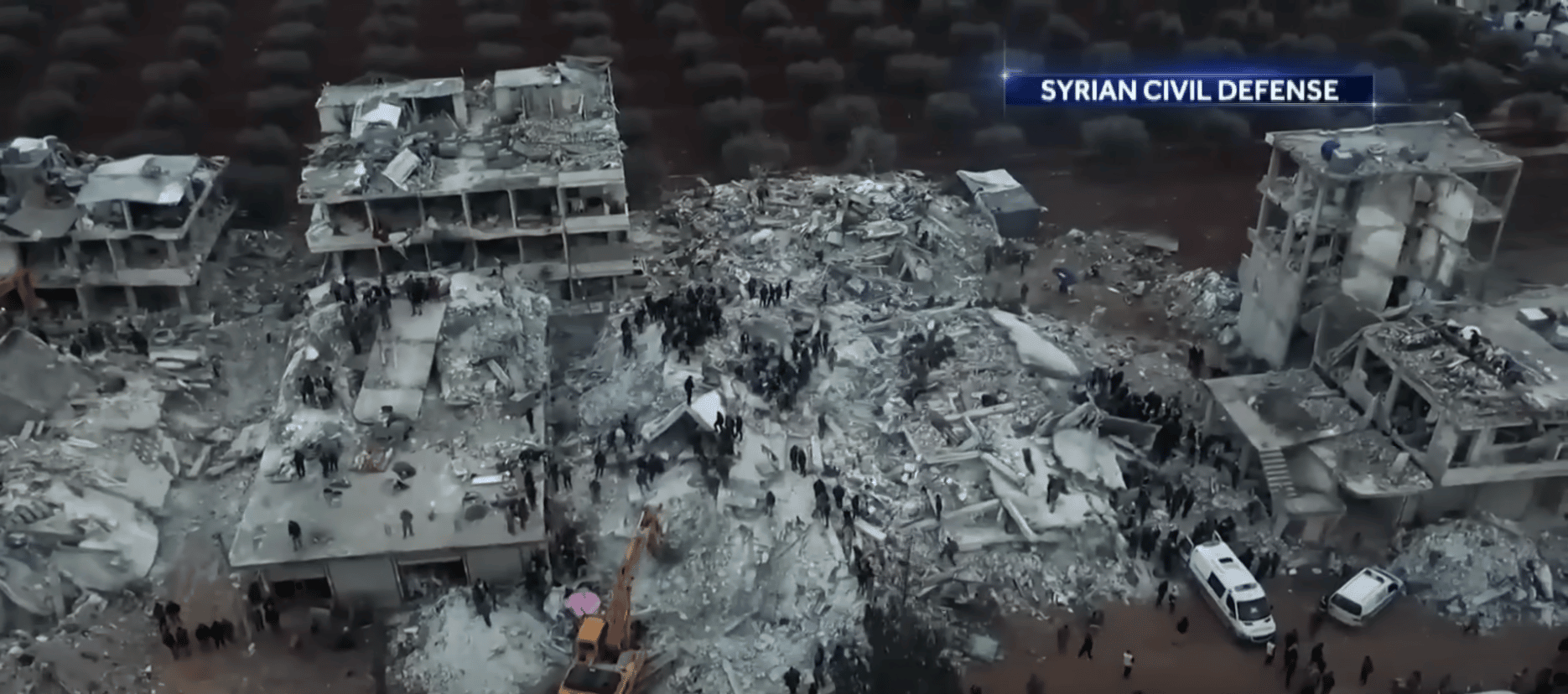A U.N. aid convoy has crossed into rebel-held northwest Syria through Turkey, the first since the earthquake disaster flattened neighborhoods in both countries.
The combined death toll climbed above 19,000 on Thursday, with rescuers racing against time to find survivors in the frigid cold. Rescue efforts in Syria have been hampered by the effects of years of a war that divided the country into areas of government and opposition control and ravaged the healthcare system. The United Nations said damage to delivery routes from the quakes has delayed aid to the rebel enclave in Syria’s northwest, where millions of people are displaced and many live in camps.
Hope of finding more people in the wreckage is dimming, and survivors and opposition politicians in Turkey have expressed frustration at the disaster response to Monday’s quakes. Freezing temperatures have lengthened the odds, even as international rescue teams arrive in Turkey with equipment and rescue dogs to detect the scent of humans beneath the rubble.
The death toll in Turkey — which has sustained the majority of fatalities so far — has risen to at least 16,170, authorities said, and the full impact of the pair of major earthquakes may not be clear for weeks, given the scale of the damage. Already, it ranks as the world’s deadliest earthquake disaster in more than a decade.
At least three U.S. citizens were among those killed in southern Turkey, according to the State Department. In government-held parts of Syria, state media reported that at least 1,262 people have been killed and 2,285 injured. Rescuers in the rebel-hold northwest reported Thursday that more than 1,930 were dead and 2,950 injured, a tally they expect to rise in the coming days.
Six trucks carrying aid crossed into northwestern Syria “shortly after noon local time” via the corridor through Turkey, said Jens Laerke, spokesman for the U.N. Office for the Coordination of Humanitarian Affairs.
He said a shipment hub in southern Turkey was not damaged but that the quakes hit roads in the area that are used for deliveries. “On the Turkish side, we were able to identify two routes that we will be using from now on because the regular one was too damaged,” he said. “We consider this a test, that things can restart,” he said earlier of Thursday’s convoy, which included “shelter material and non-food items.” (SOURCE)










